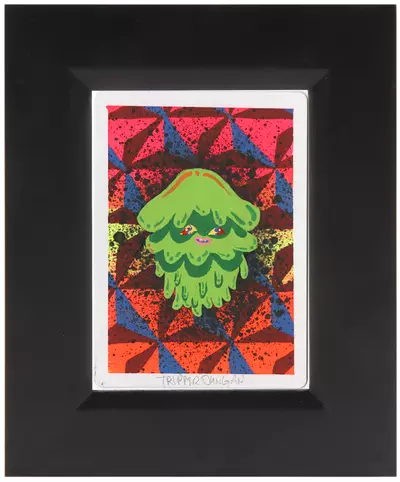![Consumed [PRINT], Mariel Cartwright Consumed [PRINT], Mariel Cartwright](https://84d70f39dda4f8d63311-09dac41207c435675bfd529a14211b5c.ssl.cf1.rackcdn.com/assets/attachments_p/000/106/373/size300_MarielKC_Consumed_WEB.webp)
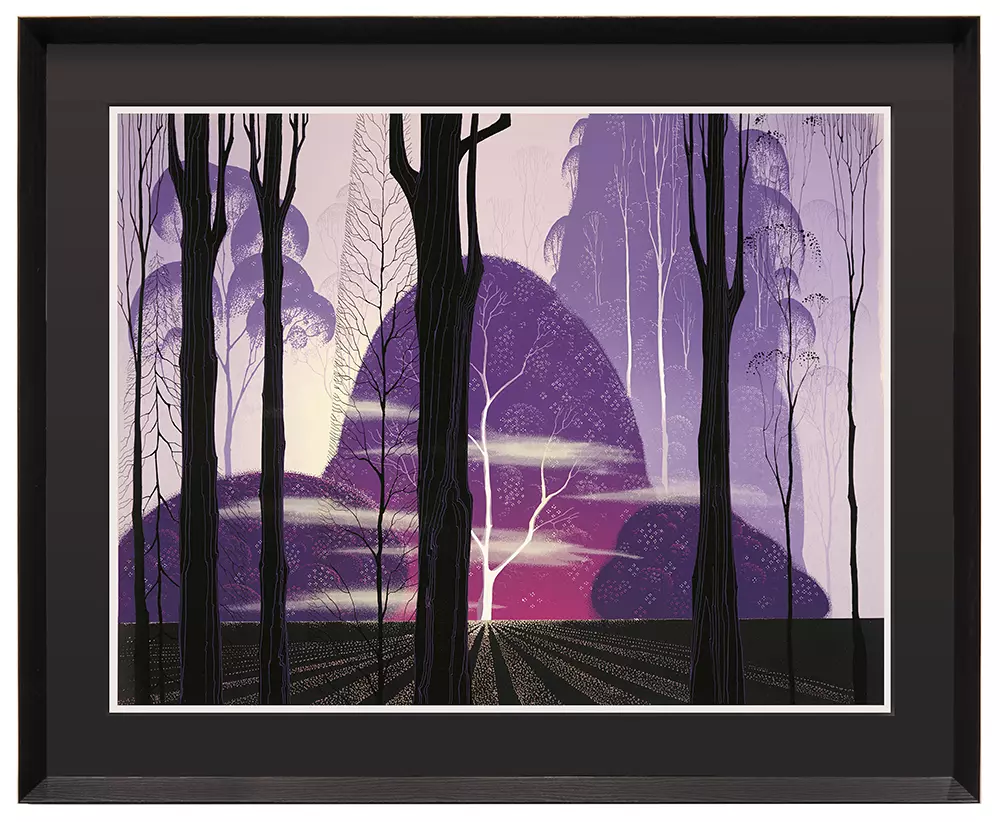
Purple Dawn
| Artist: | Eyvind Earle |
| Exhibition: | Eyvind Earle: The Man Behind the Fairytale |
| Art Width: | 35.0" (88.9 cm) |
| Art Height: | 26.75" (67.95 cm) |
| Frame Width: | 43.0" (109.22 cm) |
| Frame Height: | 35.0" (88.9 cm) |
| Printing Method: | Silkscreen |
| Medium: | Serigraph |
| Features: |
Framed
Signed |
| Year: | 1987 |
Artwork
*Get a FREE copy of the Complete Graphics of Eyvind Earle Vol 1 or 2, with the purchase of any Eyvind Earle artwork.
*This piece is framed using UV plexi.
Please bear in mind that additional shipping costs will apply and you will be contacted after purchase. The gallery is happy to offer in-store pick up after the show ends.
In honor of the 65th anniversary of Sleeping Beauty, these amazing pieces are being sold at a special price for a limited time, and will not be offered at this price again.
*This piece is framed using UV plexi.
Please bear in mind that additional shipping costs will apply and you will be contacted after purchase. The gallery is happy to offer in-store pick up after the show ends.
In honor of the 65th anniversary of Sleeping Beauty, these amazing pieces are being sold at a special price for a limited time, and will not be offered at this price again.
Otherwise known as silkscreen printing, serigraphy is a handmade printmaking technique that produces high quality, limited edition fine art prints. Serigraphs began growing in popularity with many artists in the 1960s due to their high color density, increased saturation, and textures unique to the process. After 15 years of creating animated art, Eyvind Earle began making serigraphs in 1974.
The process begins by transferring a design onto a silkscreen and blocking off any non-printing areas with a stencil or mesh. This step is repeated as many times as needed to produce the number of screens needed to reproduce all the variations of color from the original painting -- there were often over 50 screens involved in the making of each one of Eyvind Earle's serigraphs. Next, ink is forced through the exposed areas of the screen with a squeegee. This process is repeated for each color until the final image is complete. Unlike giclées, the handmade quality of serigraphs means that each printing is unique.
The process begins by transferring a design onto a silkscreen and blocking off any non-printing areas with a stencil or mesh. This step is repeated as many times as needed to produce the number of screens needed to reproduce all the variations of color from the original painting -- there were often over 50 screens involved in the making of each one of Eyvind Earle's serigraphs. Next, ink is forced through the exposed areas of the screen with a squeegee. This process is repeated for each color until the final image is complete. Unlike giclées, the handmade quality of serigraphs means that each printing is unique.
MORE VIEWS
YOU MAY ALSO LIKE
![Consumed [PRINT], Mariel Cartwright Consumed [PRINT], Mariel Cartwright](https://84d70f39dda4f8d63311-09dac41207c435675bfd529a14211b5c.ssl.cf1.rackcdn.com/assets/attachments_p/000/106/373/size300_MarielKC_Consumed_WEB.webp)
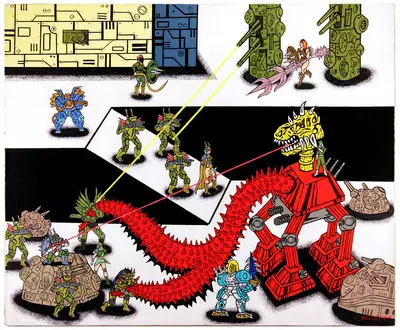
Female Warrior Mecha War
$2,000.00
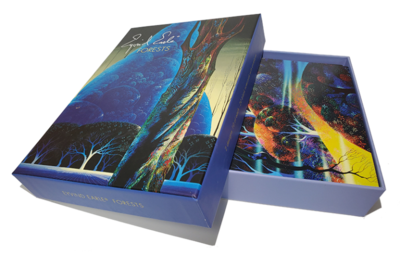
Eyvind Earle Greeting Card Set
$24.95
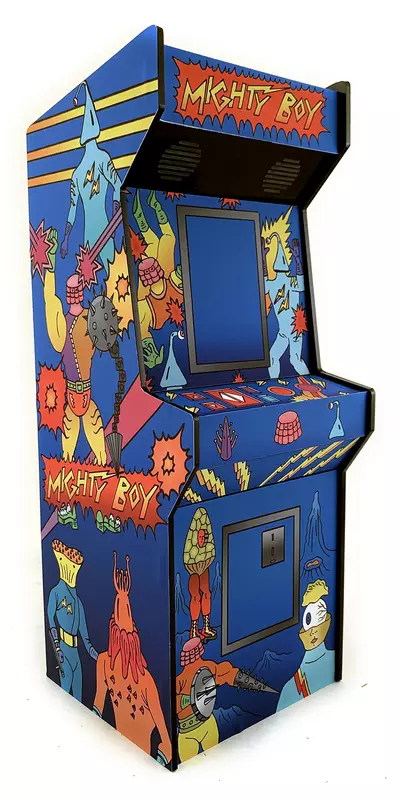
Mighty Boy
$200.00
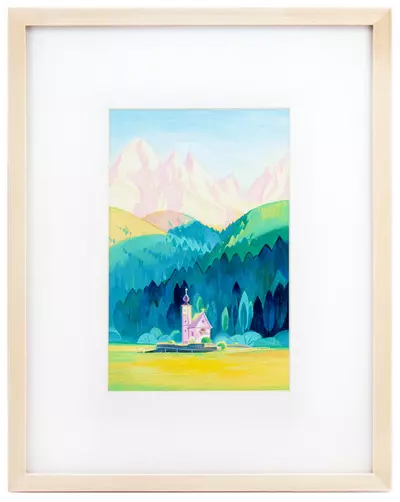
Church in the Dolomites
$700.00
![Pomona [PRINT], Janice Sung Pomona [PRINT], Janice Sung](https://84d70f39dda4f8d63311-09dac41207c435675bfd529a14211b5c.ssl.cf1.rackcdn.com/assets/attachments_p/000/105/496/size300_JaniceS_Pomona_WEB.webp)
Pomona [PRINT]
$40.00
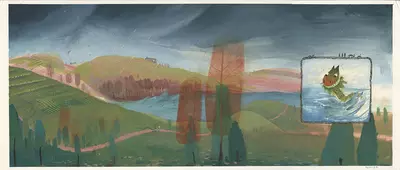
The Sea Serpent and Me (pg 26,27)
$2,000.00
![Endure [PRINT], Mariel Cartwright Endure [PRINT], Mariel Cartwright](https://84d70f39dda4f8d63311-09dac41207c435675bfd529a14211b5c.ssl.cf1.rackcdn.com/assets/attachments_p/000/106/374/size300_MarielKC_Endure_WEB.webp)
Endure [PRINT]
$40.00
![A Story of Love [PRINT], Pernille Ørum A Story of Love [PRINT], Pernille Ørum](https://84d70f39dda4f8d63311-09dac41207c435675bfd529a14211b5c.ssl.cf1.rackcdn.com/assets/attachments_p/000/106/980/size300_PernilleO_AStoryOfLove_WEB.webp)
A Story of Love [PRINT]
LIMITED
LIMITED
$50.00
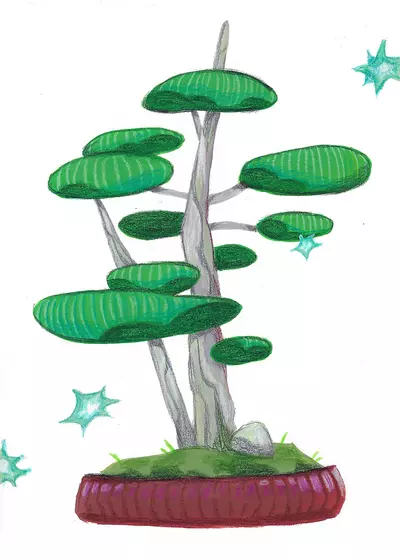
Bonsai 42
$100.00
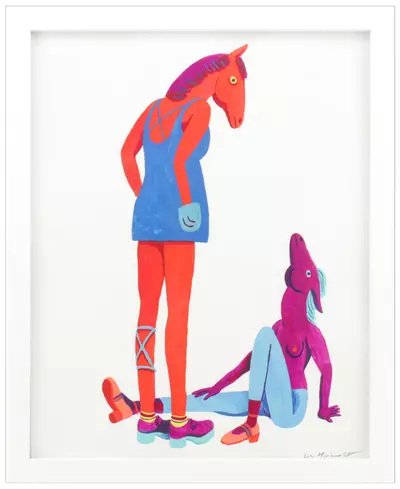
Horse Power
$600.00
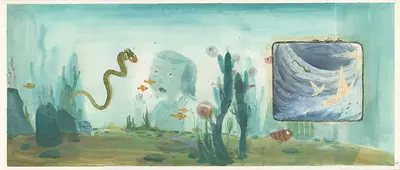
The Sea Serpent and Me (pg8,9)
$2,500.00
![Boitatà [Les Dragons: L'Encyclopédie du Merveilleux - tome 3], Yvan Duque Boitatà [Les Dragons: L'Encyclopédie du Merveilleux - tome 3], Yvan Duque](https://84d70f39dda4f8d63311-09dac41207c435675bfd529a14211b5c.ssl.cf1.rackcdn.com/assets/attachments_p/000/104/672/size300_original_Yvan_Dragon7.webp)
Boitatà [Les Dragons: L'Encyclopédie du Merveilleux - tome 3]
$1,000.00
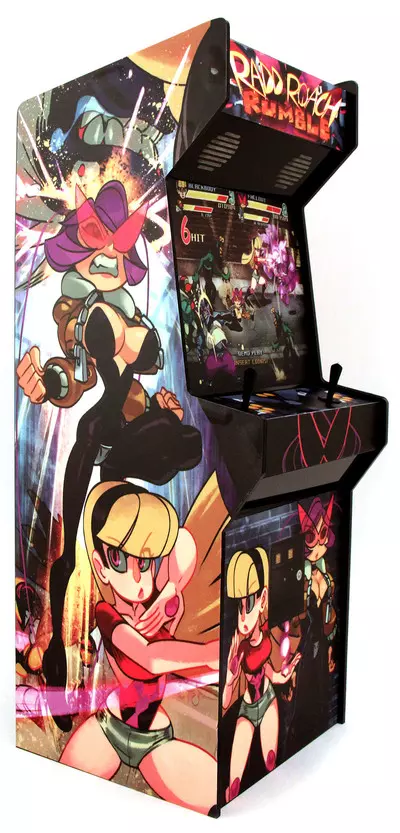
RADD Roach Rumble!
$200.00
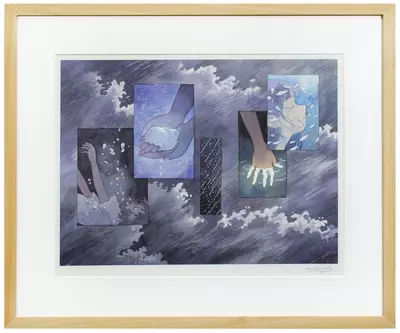
Feel of Water
$2,400.00
